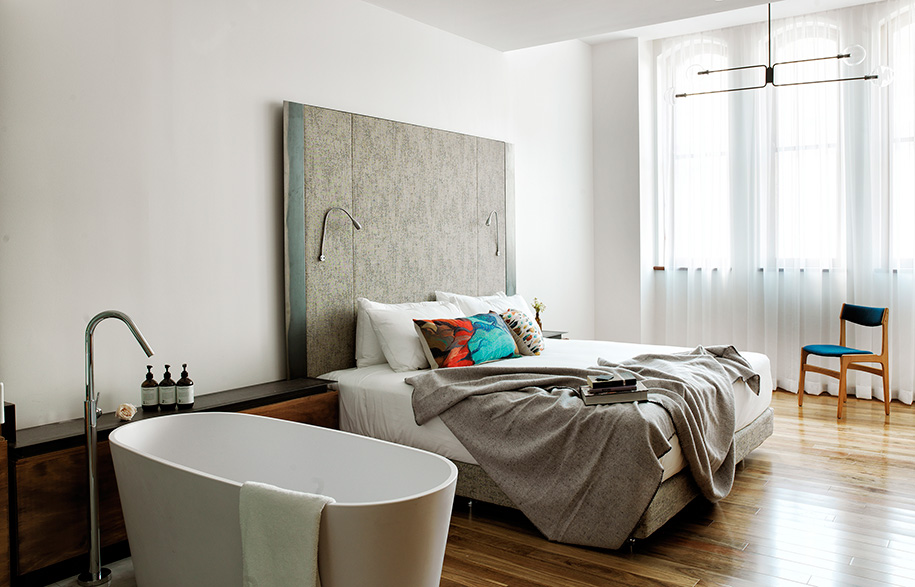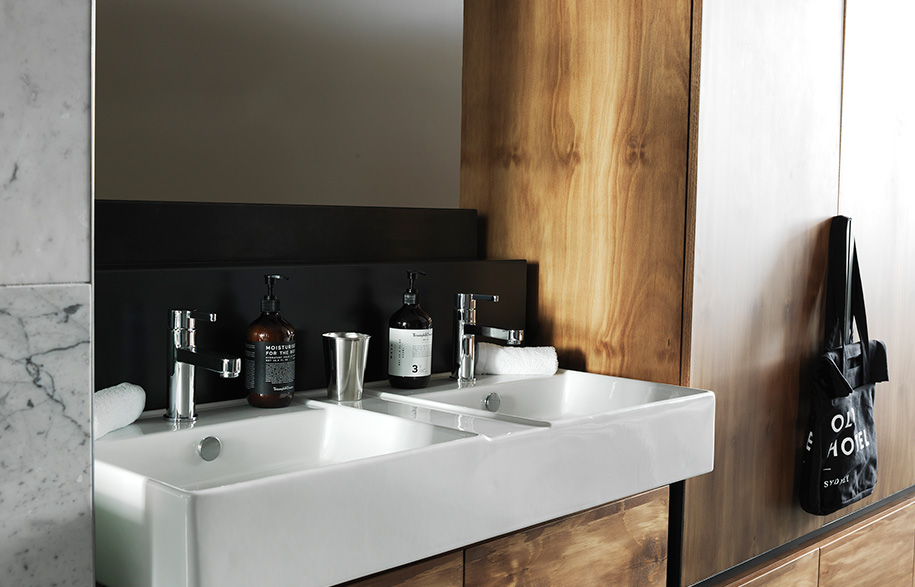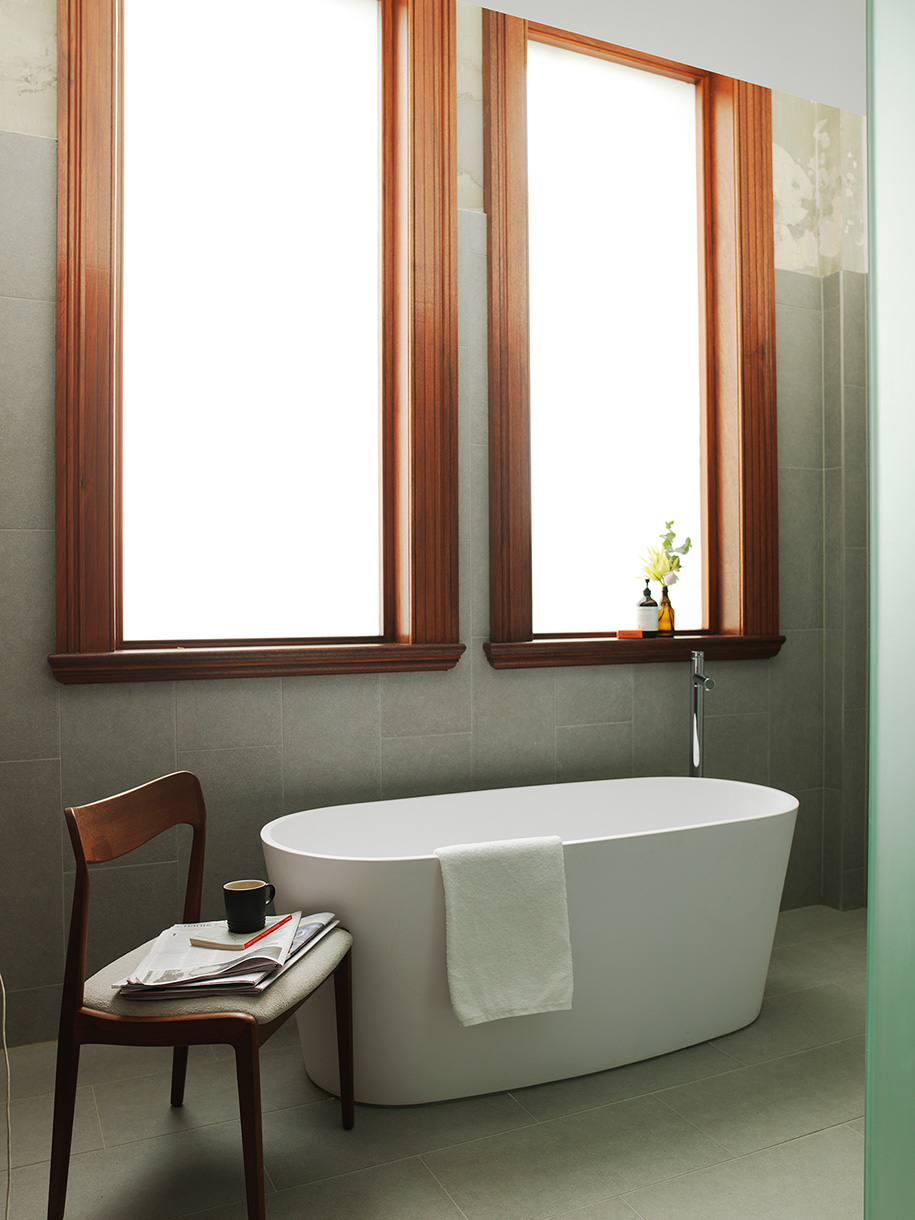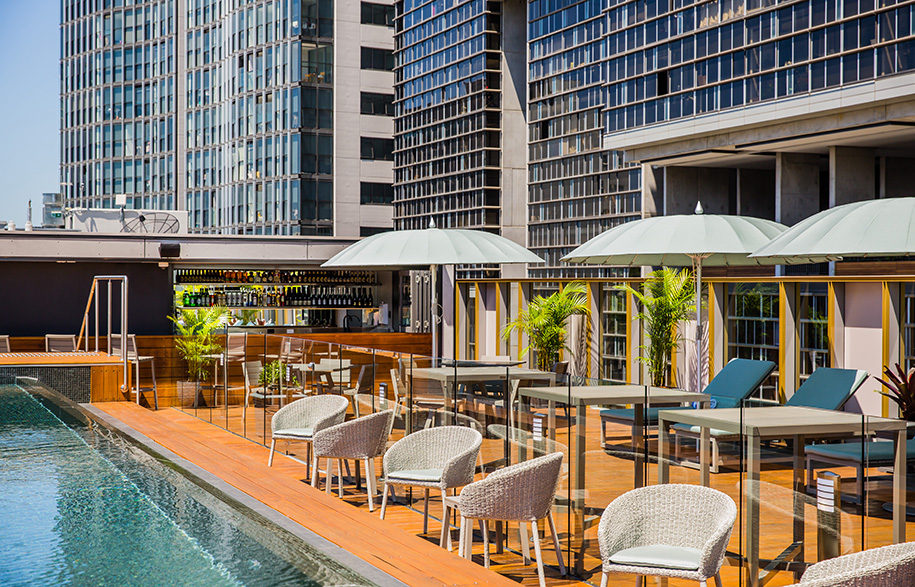Chippendale, Sydney, is a neighbourhood with attitude. Once tawdry and now trendy, Chippendale has undergone a renaissance in recent years due to the Central Park urban-renewal project that has seen a near-abandoned site become a new inner-city precinct. The Old Clare Hotel is a centrepiece of the redevelopment and synthesises the heritage-listed Carlton United Brewery Administration Building and County Clare Hotel, with a new addition. The restored and adapted buildings now house a 62-room hotel, bar, three restaurants, and rooftop swimming pool; and while the building and experience is fresh and contemporary, it still pays homage to Chippendale’s grittier past.
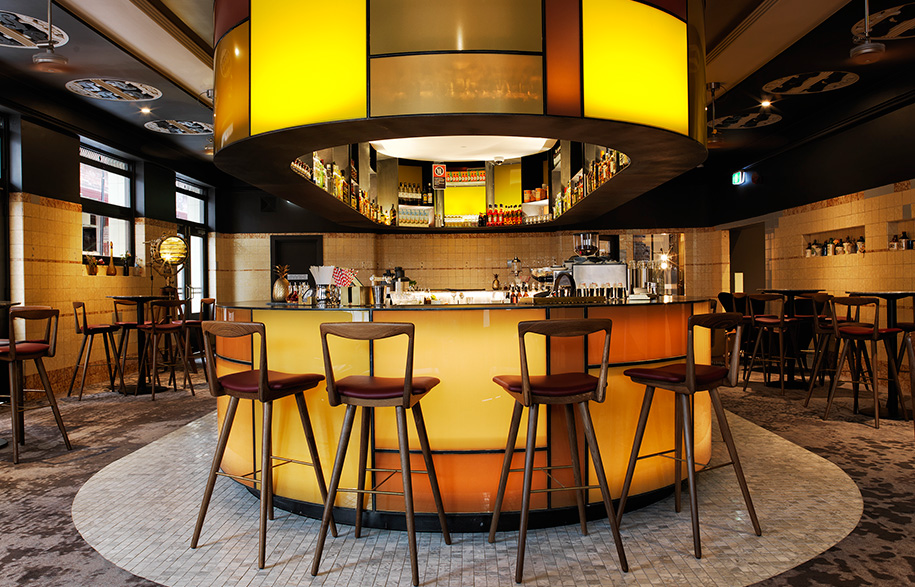
Sydney architecture practice Tonkin Zulaikha Greer (TZG) undertook the adaptive-reuse project. “An important part of the brief was to produce something that Sydney didn’t have,” says architect Tim Greer. “It’s based on a desire to give visitors an authentic experience and not just a borrowed image.”
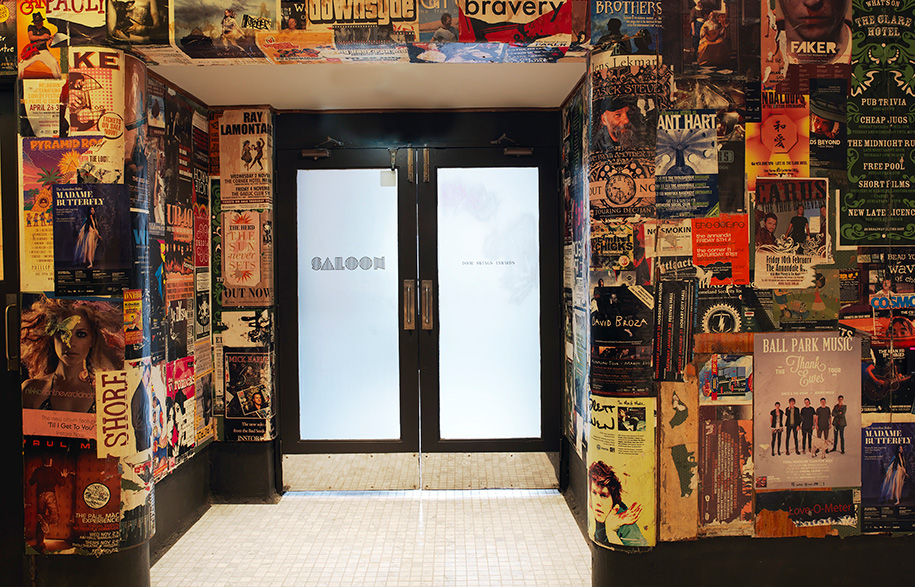
“The design was conceived as a series of attitudes,” Greer says. “The relationship of the three buildings is unpredictable and as in any interesting relationship there are moments of ‘togetherness’ and moments of ‘standoffishness.’” Certainly this is evident in the airy glass void that encloses the interceding laneway and stitches the buildings together. The fenestration pattern takes its cue from the characteristics of each historic building and combines square and rectangular windows. The pattern can also be seen on the front of the reception desk and corner bar, which have glowing amber-coloured panels that reference the site’s beer-swilling past.
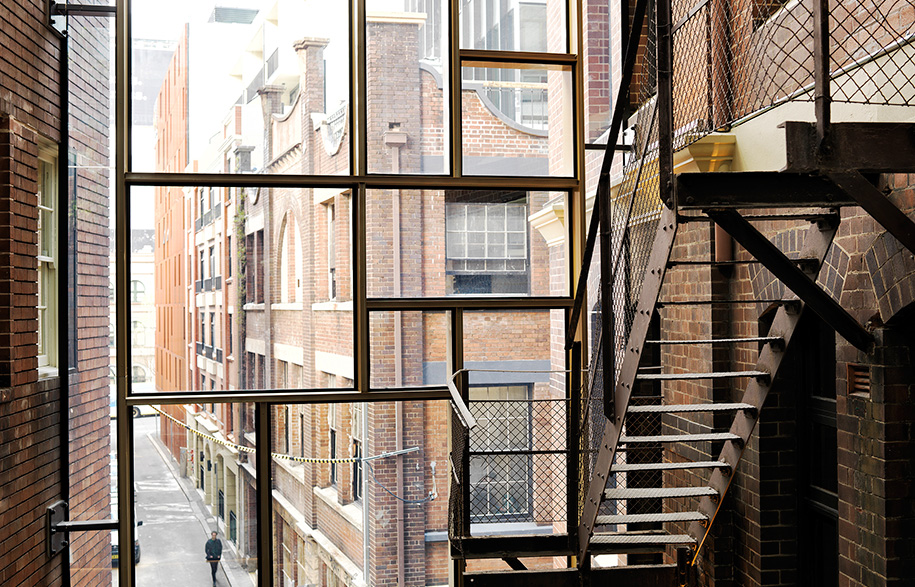
The evidence of history continues inside the hotel with brick and tile surfaces, exposed walls, original finishes, and the scars of chasing, saw cuts and prop holes. The effect is raw, sophisticated and striking. Hotel rooms have high ceilings and original windows and each room has bespoke steel and timber joinery, vintage furniture, and cushions inspired by Australian fauna and flora.

Bold and self-assured, the Old Clare Hotel does indeed have attitude. “It plays games with what a hotel should be,” says Greer, “and it appeals to customers with a sense of adventure and people who seek out originality.”
The Old Clare Hotel
theoldclarehotel.com.au
This story also appears in McGrath Magazine.
Photography by Nikki To

